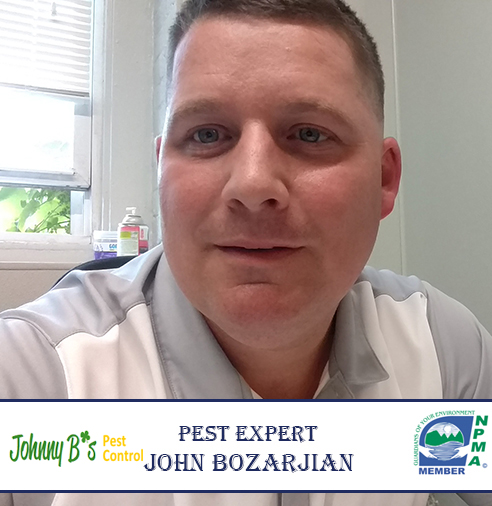When it comes to insects that cause property destruction by feeding on structural wood, termites are the most well known. However, in Massachusetts, it is believed that carpenter ants infest structural wood more often than eastern subterranean termites, but termites are, nevertheless, common household pests within the state. Unlike termites, most insect pests of structural woods do not consume and digest the cellulose in wood; instead, other wood-boring insects excavate lumber in order to nest within its hollowed compartments. With the exception of termites and carpenter ants, wood-boring insects that dwell in Massachusetts include, powder post beetles, old house borers, flathead borers and carpenter bees.
In order to prevent insect infestations in structural wood, lumber can be treated in a number of ways. For example, pressure-treated wood is well documented as at least being temporarily resistant to insect attack. Structural wood can also be kiln dried to repel wood-boring insects. In addition to these physical forms of treatment, structural wood is almost always treated with a laminate material in addition to insect-repelling chemicals. In fact, treating structural wood to be more resilient to environmental sources of degradation, such as from insects, fungus or rot, is now a legal requirement in the United States and most other parts of the developed world.
Powder post beetle infestations in structural woods are difficult to treat, as these insects can enter homes in a variety of different ways, and their larvae can survive within numerous types of wood that are not kiln-dried or pressure treated. Powder post beetles are one of the most common structural pests infesting historically significant colonial-era houses in Massachusetts. Another wood-boring beetle that is common in Massachusetts is the old-house boring beetle, but they do not infest structures as often as carpenter ants and termites partly because only females of this species infest wood. Much like powder post beetles, old-house boring beetles create clear circular or oval-shaped exit holes in the lumber that they infest. Flat-head borer beetles are much less common in Massachusetts homes than the above named species, as these beetles can only infest living or recently harvested trees. However, adult flat-heads can emerge from ready-to-use lumber.
Do you know of any other wood-boring insects that dwell in Massachusetts?

